Horticultural Nurseries in Urban Landscapes in Sub-Saharan African Cities
DOI: 10.23977/erej.2025.090111 | Downloads: 14 | Views: 946
Author(s)
J B. K. Asiedu 1
Affiliation(s)
1 Dept. of Crop Science, College of Agriculture and Natural Sciences, University of Cape Coast, Ghana
Corresponding Author
J B. K. AsieduABSTRACT
Nurseries are a major feature in urban landscapes in Sub-Saharan Africa providing plants for amenity and food and a barometer for the extent of private estate development. However, the nursery industry has not received sufficient recognition for urban transformation and sustainability because it lacks data on its activities. This research was developed to, 1) provide information on nurseries, and 2) determine how nurseries could enhance green infrastructure in urban areas. Data-gathering instruments like a content-validated questionnaire, GPS handset, and digital camera were used to survey 51 nurseries. The analysis of the data using GIS techniques and SPSS statistical software showed that nurseries had no standards to guide their operations, 50% of respondents had only up to basic level education with 84% having up to secondary school education. The average age of respondents was 38±1 with 88.4 % of the nurseries being self-financed, making it a good start-up for the youth. Nurseries were located along major roads without land ownership rights and relied on foreign sources to replenish their plant stocks. Nurseries were small in size averaging 1228.9 m2 but could be given more land to operate to enhance green infrastructure development. Most nurseries (87.5%) depend on unreliable and expensive water sources. These findings could inform policy on the gap in education, the development of nurseries as startups for the youth, and the need for a more sustainable water supply system to enhance agricultural activities in urban areas. The findings can help start discussions on the standardization of nursery operations, the need for the development of indigenous varieties, and why nurseries should be given more space to affect green infrastructure development. The research contributes to knowledge by expanding the knowledge base on nurseries in cities in Sub-Sahara Africa.
KEYWORDS
GIS techniques, Nursery size, educational level, employment, ornamental plantsCITE THIS PAPER
J B. K. Asiedu, Horticultural Nurseries in Urban Landscapes in Sub-Saharan African Cities. Environment, Resource and Ecology Journal (2025) Vol. 9: 91-104. DOI: http://dx.doi.org/10.23977/erej.2025.090111.
REFERENCES
[1] Bello, S.R., Horticultural Machinery: Operations and Safety. 2013, Nigeria: Dominion Publishing Services.
[2] Adams, C.R., K.M. Bamford, and M.P. Early, Principles of Horticulture. 6 ed. Vol. 6. 2012, New York: Routledge Taylor & Francis Group.
[3] Asiedu, J.B.K., et al., The Nursery Industry in Ghana: Prospects and Challenges. ARPN Journal of Agricultural and Biological Science, 2012. 7(6).
[4] Dixon, R.G. and E.D. Aldous, An Introductory Perspective to Horticulture: Plants for People and Places, in Horticulture: Plants for People and Places - Production Horticulture, G.R.D.a.D.E. Aldous, Editor. 2014, Springer: London.
[5] Thorat, S., et al., Resource Book on Horticulture Nursery Management. 2016, New Delhi, India: Indian Council of Agricultural Research.
[6] Adams, C., et al., Principles of Horticulture Level 2. 2015, London: Routledge, Taylor & Francis Group.
[7] Acquaah, G., Horticulture: Principles and Practices. 4 ed. 2009, Ohio: Prentice Hall.
[8] Asiedu, J., et al., The Nursery Industry in Ghana: Prospects and challenges. ARPN Journal of Agricultural and Biological Science, 2012. 7(6).
[9] Molla, M., A.A. Abtew, and M. Tebkew, Socioeconomic Contributions of Small-Scale Private Urban Tree Nurseries in Gondar and Bahirdar Cities. Cogent Food and Agriculture, 2020. 6(1).
[10] Bishoge, O.K. and S.L. Suntu, Opportunities of Urban Horticulture for Poverty Alleviation in Dar es Salaam city, Tanzania - A Case study of Ubungo Municipality. Journal of Food, Nutrition and Agriculture, 2018. 1(1).
[11] Stevens, D.P.S., Steven and Kelly, Jim, Irrigation of Amenity Horticulture with Recycled water. 2008, Melbourne: Arris Pty Ltd.
[12] Asiedu, J.B.K.B., J. N. and Blankson, J. E., The Landscape Industry and Practice in Ghana, in Proceedings of the XXVIII International Horticultural Congress on Science and Horticulture for People, Acta Horticulturae (ISHS), G. Gröning, Editor. 2012, International Society of Horticultural Science (ISHS) Acta Horticulturae: Leuven, Belgium. p. 1023-1032.
[13] GSS, 2010 Population and Housing Census: National Analytical Report. 2013, Ghana Statistical Services: Accra, Ghana.
[14] Nyarko, B.K., Application of Rational Model in GIS for flood Risk Assessment in Accra, Ghana. Journal of Spatial Hydrology, 2002. 2(1).
[15] Wilkinson, K.M. and T.D. Landis, Planning a Native Plant Nursery, in Nursery Manual for Native Plants: A guide for Tribal Nurseries. T.L. Kasten R. Dumroese, Thomas D. Landis, Editor. 2009, US Department of Agriculture Washington DC.
[16] Simson, S.P. and M.C. Straus, The Basics of Horticulture. 2010, India: Oxford Book Company.
[17] Avent, T., So You Want to Start a Nursery. 2003, Portland: Timber Press.
[18] Garner, R.T., British Standards for Fruit Nursery Stock. Scientific Horticulture, 1967. 19: p. 62-65.
[19] AmericanHort, American Standards for Nursery Stock, in American National Standards. 2014, AmericanHort: Ohio, USA
[20] FAO-CIRAD, Fruits and Vegetables - Opportunities and Challenges for Small-Scale Sustainable Farming, ed. J. Marshall. 2021, Rome, Italy: Food and Agriculture Organization of the United Nations (FAO-UN) & Agriculture Research Center for International Development (CIRAD).
[21] Donkoh, S.A., S.B. Azumah, and J.A. Awuni, Adoption of Improved Agricultural Technologies among Rice Farmers in Ghana: A Multivariate Probit Approach. Ghana Journal of Development Studies, 2019. 16(1).
[22] Takyi, S.A., et al., An Overview of Ghana's educational System and its implication for education equity. International Journal of Leadership in Education - Theory and Practice, 2021. 24(2): p. 157-182.
[23] Sam-Amoah, L.K., et al., Status and Challenges of higher agricultural education sector in Ghana. African Journal of Rural Development, 2016. 1(2): p. 159-169.
[24] Oduro-Ofori, E., A.P. Aboagye, and N.A.E. Acquaye, Effects of Education on the Agricultural Productivity of Farmers in the Offinso Municipality. International Journal of Development Research, 2014. 4(9): p. 1951-1960.
[25] ARUP, Future Proofing Cities - Ghana Metropolitan Cities, in Cities Alliance. 2016, Cities Alliance- Future Cities Africa: London, United Kingdom.
[26] Ninh, L.K., Economic role of education in agriculture: evidence from rural Vietnam. Journal of Economics and Development, 2020. 33(1): p. 47-58.
[27] Asare, R. and G.O. Essegbey, Funding of Agricultural Research and Development in Ghana: The Case of Council of Scientific and Industrial Research (CSIR). Technology and Investment, 2016. 7(40-50).
[28] NDPC-Ghana, Ghana Shared Growth and Development Agenda, in Policy Framework. 2010, National Development Planning Commission (NDPC), Accra-Ghana: Accra, Ghana.
[29] Juma, C., The New Harvest: Agricultural Innovation in Africa. 2011, Oxford: Oxford University Press.
[30] Florkowski, W.J. and G. Landry, An Economic Profile of the Professional Turfgrass and Landscape Industry in Georgia. 2000, The University of Georgia.
[31] Diver, S. and L. Greer. Sustainable Small-Scale Nursery Production. 2008 [cited 2021 14/05/2021]; Available from: https://attra.ncat.org/wp-content/uploads/2019/05/nursery.pdf?
[32] Templeton, R.S., et al., An Analysis of the Horticulture Economy in California, in Working Paper No 883. 1999, University of California: California.
[33] Landis, D.T., Nursery Practices, in The Woody Plant Seed Manual, F.T.B.a.R.P. Karrfalt, Editor. 2008, United States Department of Agriculture.
[34] Asiedu, E. and K.Y. Fosu, Importance of Agricultural Credit in Ghana's Credit Sector: A Logit Model Analysis, in https://www.afdb.org/fileadmin/uploads/afdb/Documents/Knowledge/30753247-EN-122-ASIEDU-WORLD-BANK-AND-ADB-CONFERENCE.PDF, A.D.B. Group, Editor. 2008, African Development Bank: Abidjan, Ivory Coast.
[35] Adam, I., Agricultural Finance Intervention in Ghana. 2018, Alliance for Financial Inclusion (AFI) SME Finance Working Group: Accra, Ghana.
[36] Bartok, J.W.J., Greenhouses for Homeowners and Gardeners. 2000, New York, USA: Plant and Life Sciences Publishing.
| Downloads: | 5979 |
|---|---|
| Visits: | 448570 |
Sponsors, Associates, and Links
-
International Journal of Geological Resources and Geological Engineering

-
Big Geospatial Data and Data Science

-
Solid Earth and Space Physics

-
Environment and Climate Protection

-
Journal of Cartography and Geographic Information Systems
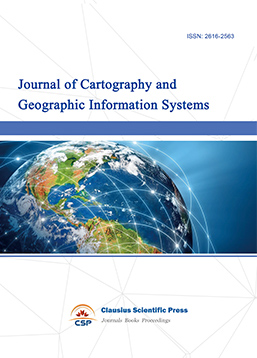
-
Offshore and Polar Engineering

-
Physical and Human Geography
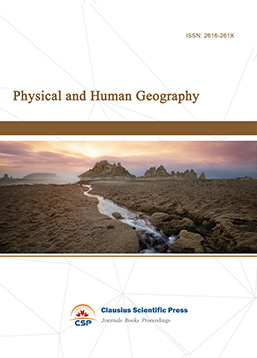
-
Journal of Atmospheric Physics and Atmospheric Environment

-
Trends in Meteorology
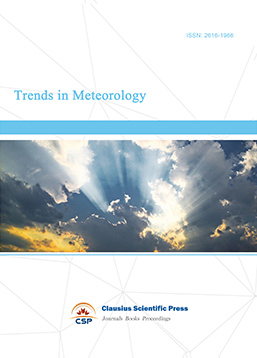
-
Journal of Coastal Engineering Research
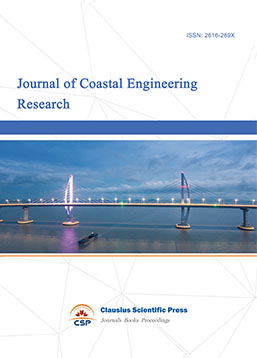
-
Focus on Plant Protection
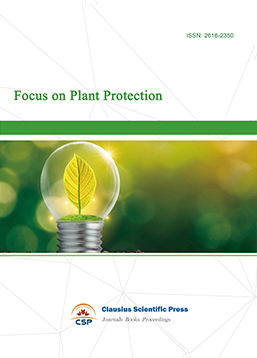
-
Toxicology and Health of Environment
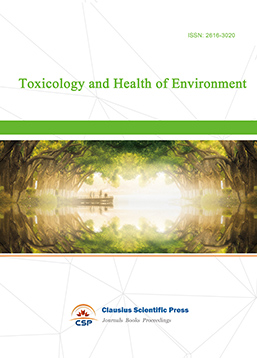
-
Geoscience and Remote Sensing

-
Advances in Physical Oceanography

-
Biology, Chemistry, and Geology in Marine

-
Water-Soil, Biological Environment and Energy
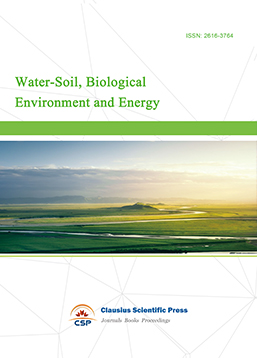
-
Geodesy and Geophysics

-
Journal of Structural and Quaternary Geology

-
Journal of Sedimentary Geology

-
International Journal of Polar Social Research and Review


 Download as PDF
Download as PDF